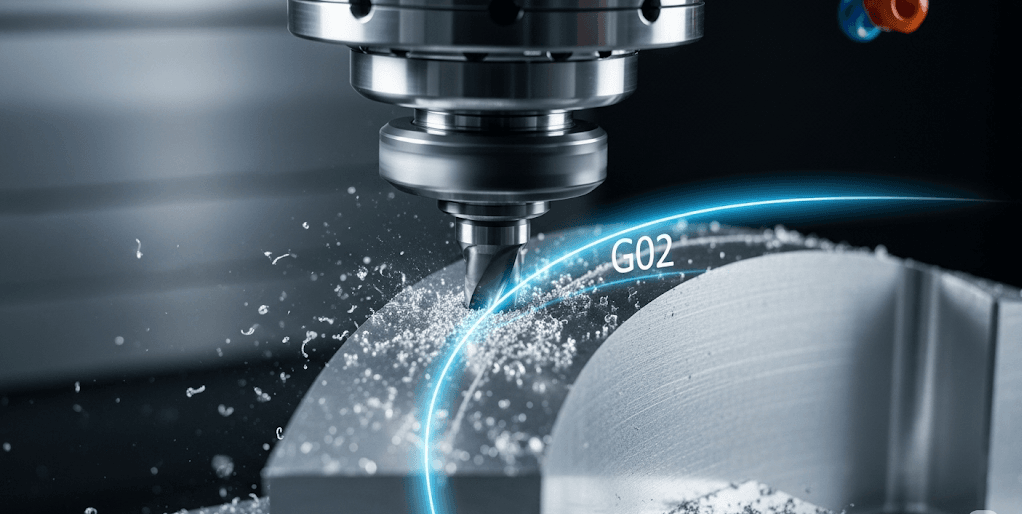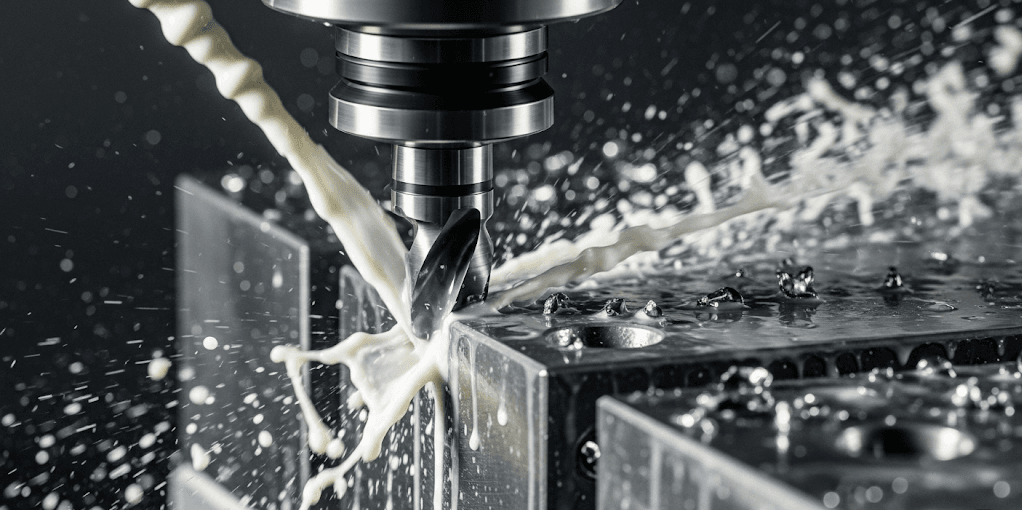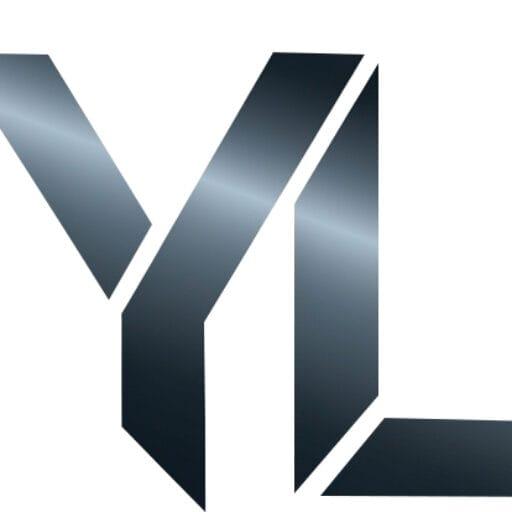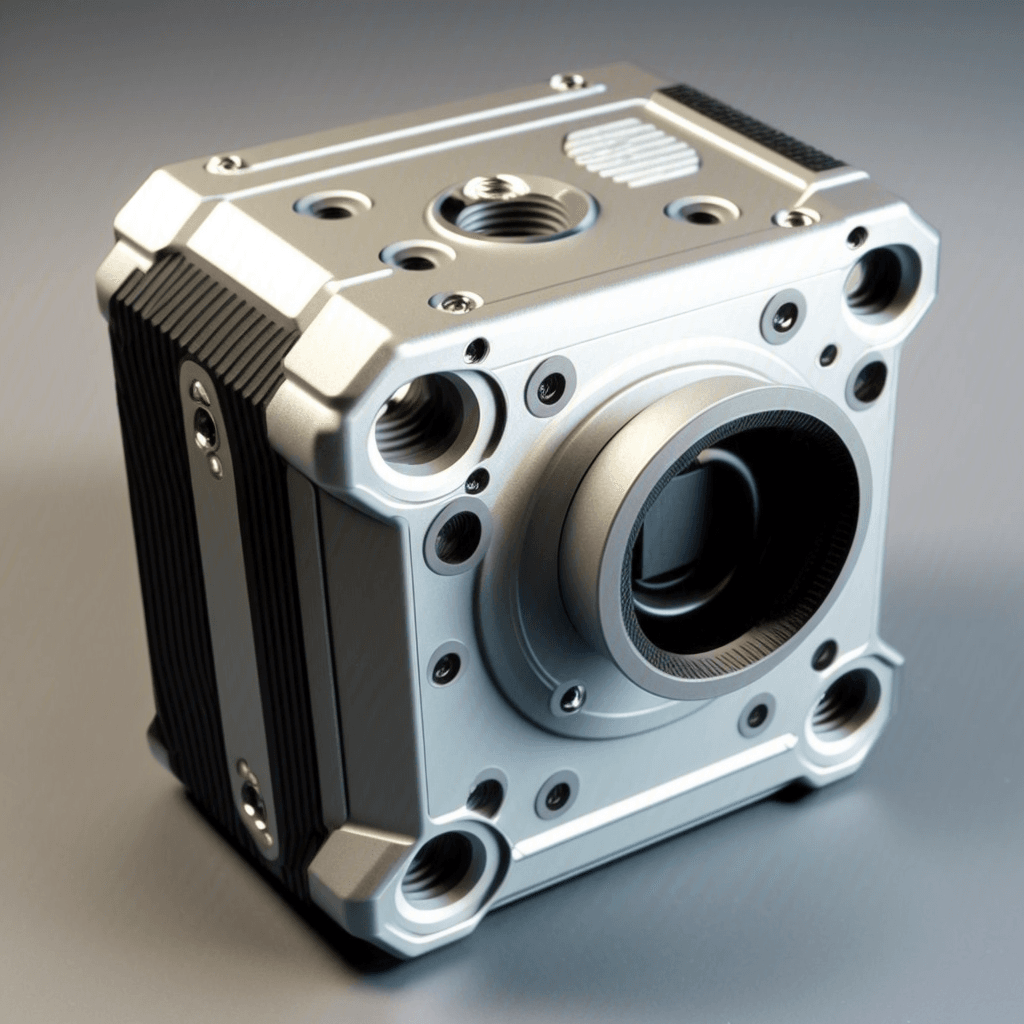Feeling lost when you see a block of CNC program code? The mix of letters and numbers, like G01 or M03, can seem like a cryptic language, creating a barrier to understanding the core CNC machining process. This confusion can lead to miscommunication with your manufacturing partner and a disconnect from your own CNC milling project, leaving you blind to the exact operations your parts undergo. By understanding the two core command types, G-codes and M-codes, you can demystify the entire process and oversee your projects with confidence.
G-codes direct a CNC machine’s movement and function (Geometry), telling it where to go and how to cut. Common examples include G01 for linear cutting and G00 for rapid positioning. M-codes control the machine’s miscellaneous functions (Miscellaneous), such as turning the spindle on (M03) or activating coolant (M08). Together, they form the fundamental instructions for any successful CNC machining program.
We have just touched on the basic difference between these essential sets of commands. However, to truly appreciate their impact on precision CNC machining, we must explore their specific functions more closely. Furthermore, understanding how they operate in harmony is critical for anyone involved in a CNC milling project. Therefore, let’s break down the common codes you will encounter.

G-Codes: Directing the Motion in CNC Machining
G-codes, or “Geometric codes,” are the primary drivers of any CNC machining program. They instruct the machine on its movement, defining the geometry of the part. These commands tell the cutting tool where to move, how to move (in a straight line or an arc), and at what speed.
Proper G-code programming is essential for achieving the desired precision in every CNC milling operation. They are the commands that directly translate your digital design into a physical object. From simple holes to complex contours, G-codes are responsible for every feature cut into the workpiece.
Here are some of the most fundamental G-codes used in CNC machining:
| G-Code | Function | Description in CNC Machining |
| G00 | Rapid Positioning | Moves the tool to a specific coordinate at maximum speed to reduce non-cutting time. |
| G01 | Linear Interpolation | Instructs the tool to move in a straight line at a defined feed rate, used for cutting. |
| G02/G03 | Circular Interpolation | Creates circular or arc movements; G02 for clockwise and G03 for counter-clockwise paths. |
| G90 | Absolute Positioning | Commands are based on a fixed zero point (origin) of the part. |
| G91 | Incremental Positioning | Commands are based on the tool’s current position, not the origin. |

M-Codes: Managing the Machine’s Functions
If G-codes tell the tool where to go, M-codes, or “Miscellaneous codes,” tell the machine how to prepare for and support the cutting action. They manage the machine’s hardware functions that are not related to axis movement. Think of them as the on/off switches for various machine operations.
These commands are crucial for automating the entire CNC machining process. They handle tasks like starting and stopping the main spindle, changing tools, and managing coolant flow, ensuring the CNC milling operation runs smoothly and safely from start to finish.
The effective use of M-codes is a hallmark of efficient and reliable CNC machining.
| M-Code | Function | Description in CNC Machining |
| M03 | Spindle On (Clockwise) | Starts the spindle rotating in the standard clockwise direction for cutting. |
| M05 | Spindle Stop | Halts the spindle’s rotation completely. |
| M06 | Tool Change | Initiates an automatic tool change sequence. |
| M08 | Flood Coolant On | Activates the primary coolant system to lubricate and cool the cutting process. |
| M30 | Program End and Reset | Ends the program and rewinds it to the beginning, ready for the next part. |
How G-Codes and M-Codes Work Together
The true power of CNC programming is realized when G-codes and M-codes are combined in a single block of code. This synergy allows for complex operations to be executed with a single, clear instruction. Each line in a program directs the machine to perform a specific action in a precise sequence.
Consider this example of a program block used in CNC milling: N10 G01 X100.0 Y50.0 F200 M08;
Let’s break it down:
- N10: The line or block number.
- G01: A G-code telling the machine to move in a straight line.
- X100.0 Y50.0: The coordinate destination for the movement.
- F200: The feed rate for the cut (200 mm/minute).
- M08: An M-code to turn on the flood coolant before the cut begins.
This single line efficiently commands the machine to start the coolant and begin a linear cut simultaneously. This seamless integration is the foundation of modern, high-speed CNC machining.

Frequently Asked Questions (FAQs)
1. Can you use more than one G-code or M-code in a single line? Yes, but with rules. You can typically have multiple G-codes in one block if they belong to different groups (e.g., a movement code like G01 and a plane selection code like G17). However, you usually only use one M-code per block, as commands like “Tool Change” (M06) and “Spindle On” (M03) need to happen in a specific sequence.
2. What is the most important code in a CNC milling program? While every code has a purpose, G00 (Rapid Move) and G01 (Linear Feed) are arguably the most fundamental for movement. For the machine functions, M03 (Spindle On) is essential, as no cutting can occur in a CNC machining process without a spinning tool. M30 (Program End) is also critical for safely completing a cycle.
3. Do I need to be a G-code expert to order parts? No. While understanding the basics is helpful for communication, you do not need to write CNC programs yourself. When you partner with a capable machine shop like ly-machining, you provide the design drawings or CAD models. Our expert programmers then handle the complex task of generating optimized G-code and M-code to produce your high-quality CNC machining parts accurately.

